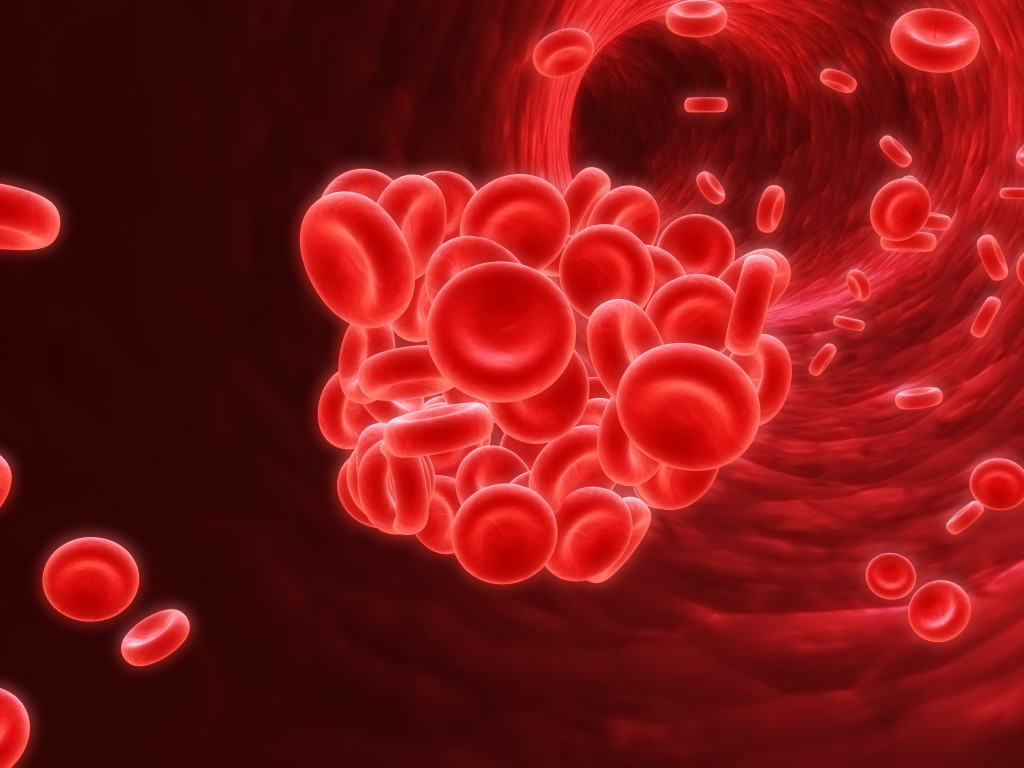The human body is like a well-oiled machine. Every single cell and organ in the body is specifically designed to function for the body’s benefit. That said, each body system needs to work together to keep the body in a healthy condition. Since our body is working around the clock, it needs to remain active. This is especially true for our respiratory and circulatory system that needs to supply blood and oxygen to different parts of the body.
But if we don’t take care of our circulatory systems, this can lead to health complications. A stroke happens when our blood vessels are not able to carry oxygen to our brain. Over time, this develops into blood clots and blockages. Compared to other types of health complications, it’s harder to look into the early signs of stroke. In fact, stroke is prevalent that the Centers for Disease Control and Prevention stated that one out of six individuals with cardiovascular diseases also suffers from a stroke.
But the good news here is that stroke can be prevented. Like many health complications, prevention is the best way to address serious diseases with permanent consequences.
So what are some effective preventive measures that can stop a stroke in its tracks? What are some early signs that someone is experiencing it? Here are some important measures that you can consider.
How Does Stroke Affect Your Body?
But before getting into effective ways of preventing stroke, let’s first know how stroke happens in the first place. This is especially important because stroke usually affects some body parts. It is also related to underlying health conditions that influence the particular part.
So how does stroke affect your body? The effects of stroke usually differ from one person to another. Since each individual has unique biology, the effects are divided into three levels of severity: mild, moderate, and severe. Various factors have a major influence on these categories. These include:
- Two types of stroke: hemorrhagic and ischemic, with most strokes being ischemic, where the supply of oxygen is blocked off
- The function of the part of the body that is deprived of oxygen
- The length of time the area is deprived of oxygen
- The size of the damage, which is crucial to determine brain damage.
No matter what the category of a stroke is, it should never be taken lightly. In most cases, the stroke results in permanent damage to the brain. Seeking professional medical care and attention should always be the priority as soon as the early signs of stroke are detected. Fortunately, you won’t have to look far since urgent care services can care for patients with health complications. Not only does this help prevent any more damage from stroke, but this can also help detect other underlying health conditions.
But other than getting urgent medical care, what are some ways of preventing permanent damage from stroke?
Having a More Active Lifestyle

One of the best ways of mitigating the risk of stroke is by having a more active lifestyle. When you’re engaging in physical activities, this can promote your health, which can help with stroke. Many health professionals emphasize that exercise is one of the tried-and-tested ways of managing cholesterol. Cholesterol is a major influencer of stroke since this can cause a blockage if not addressed.
Health institutes would suggest having at least two hours and 30 minutes of moderate-intensity exercise each week. Any exercise that can burn cholesterol can help decrease the risk of stroke.
Regulating Your Vices
Another critical method of preventing stroke is cutting down on unhealthy vices that can negatively affect your overall health. Some studies suggest that smoking and drinking alcohol can increase the risk of stroke. Smoking cigarettes can narrow blood vessels, thickening the blood, leading to clotting.
On the other hand, drinking alcohol can raise blood pressure. This can trigger problems with the circulatory system.
Whether mild or serious symptoms, stroke can have lasting and permanent effects on the body. The best way of remedying stroke is by preventing it outright. Fortunately, there are many ways of preventing stroke from happening. Contrary to what most people believe in, you don’t need to wait for tell-tale signs and symptoms to occur before you can start making essential changes to your lifestyle now.
It’s important to remember that other underlying health conditions, such as diabetes and hypertension, can also influence preventive measures. If you want a healthier and safe future, focus on making key lifestyle changes and a well-balanced diet. If you are unsure what you can do, consulting a doctor is the best way to identify symptoms and underlying health conditions.

